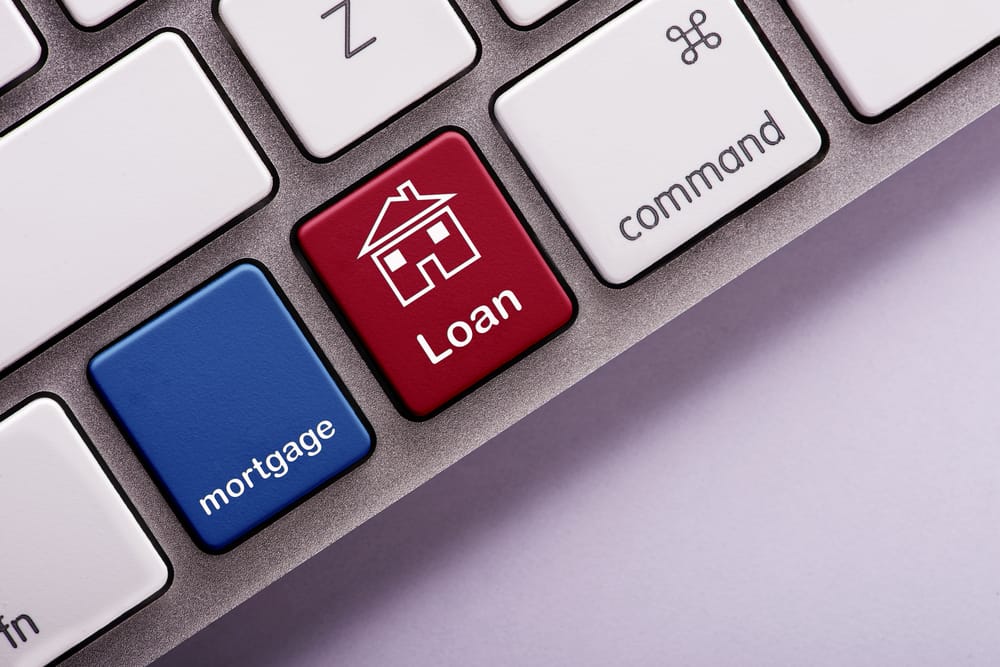We have to admit the mortgage industry has sort of made a mess as it relates to terminology.
While every industry has its own unique set of words, for example the term discount points.
Also used in the course of doing day to day business, the mortgage industry has more than a few. In fact, there are a lot. We’ve spent time here explaining different mortgage-related terms and even put together a glossary you can use to look up mortgage terms, that is if you ever want to. But in this article we’re going to talk about Discount Points and why they’re just a little bit different in nature when compared to other fees required when getting a home loan.
What is Discount Points?
A “point” is expressed as a percentage of the amount borrowed and expressed in 1/8th increments in decimal form. One point, or 1.00, is $3,000 on a $300,000 loan amount. 0.50 point is one-half a point and would be $1,500 on a $300,000 loan.
The decimal equivalents of points are :
.125= one-eighth of one percent
.25= one-quarter of one percent
.375= three-eighths of one percent
.50= one-half of one percent
.625= five-eighths of one percent
.75= three-quarters of one percent
.875= seven-eighths of one percent
1.00= one point
The more points paid, the lower the starting rate for each mortgage program. Lenders offer rates with points and loans without and it’s completely up to the borrowers whether or not there will be points at the settlement table. Lenders have no preference whether or not you pay points. When loan officers are issued their interest rate sheets each morning, there will be a variety of available rates listed for each loan type. From a 30 year fixed to a 5/1 hybrid ARM, there will be choices borrowers can make regarding which rate to choose and if there will be any points paid for the selected rate.
In addition to the rate and point combination, there are also so-called “negative points” where higher rates can be selected in exchange for a lender credit toward closing fees.

The Interest on Discount Points
The discount is just that, it’s a discount. The interest rate on a particular loan can be lowered, or discounted, based upon the presence of points. And depending upon the loan term, points will lower an interest rate at different levels. For example, using a 30 year term, the start rate is typically lower by 0.25% if one point is paid. Or, the rate could drop by .125% by paying one-half point. Sometimes the rate reduction compared to the point paid is relatively straightforward but as more points get paid, soon there is a diminishing return. A discount point is then an optional fee expressed as a percentage of the loan amount used to lower an interest rate.
If you’ve seen it thus far you might have seen that a discount point is nothing more than prepaid interest to the lender. You can pay some of this prepaid interest in the form of a discount point and get a lower rate over the term of the loan or conversely you can decide not to pay any upfront interest in the form of a discount point and get a slightly higher rate. Loans that have an interest rate with no points is referred to as “par” my mortgage loan officers. If you call up a loan officer and ask for a 30 year rate is at “par’ you’re sure to let the loan officer know you’re a well-read borrower familiar with the mortgage process.
And because the discount point is indeed prepaid interest and mortgage interest can be a tax deductible item for most borrowers who itemize, the discount point can be deducted for the year paid on a purchase transaction.
If points are paid during a refinance, the point can be deducted over the life of the loan. Check with your tax accountant for details in your situation but generally this is how discount points are treated.

Discount Points and Lender Credits
Now let’s take that concept of paying discount points to get a lower rate. You can pay points or get a par rate. Or, you can adjust the rate even higher and then receive a lender credit. Recall you can pay one discount point on a 30 year loan and reduce the rate by about one-quarter of one percent. If you take the par rate at 3.25% and move it upward to 3.50%, the lender can then have (-1.00%) that can be used toward your closing costs.
If you increase your par rate by .25% on a $300,000 loan your lender may be able to work out a $3,000 closing cost credit, or something very close. This is what happens when you see or hear mortgage companies or banks offer a “no closing cost” loan. The lender simply adjusts the interest rate upward and provides a subsequent credit. Either way, the lender gets a similar amount of interest over either the short or long term.
Again, lenders really have no preference one way or the other if you decide, or decide not, to pay discount points. Does it make sense to pay points and if so, when? That’s something you and your loan officer should decide.
Your loan officer will calculate the different monthly payments using different interest rate selections and then compare the difference in monthly payment with how much, or how little, in discount points you paid. Generally, the more points you pay the lower rate you will get but at some point the 1.00 point and 0.25% rate reduction begins to provide less and less of a return. There really is no real “rule of thumb” about discount points because the option is completely up to you. Just do a little math with your loan officer and make your decision from there.


